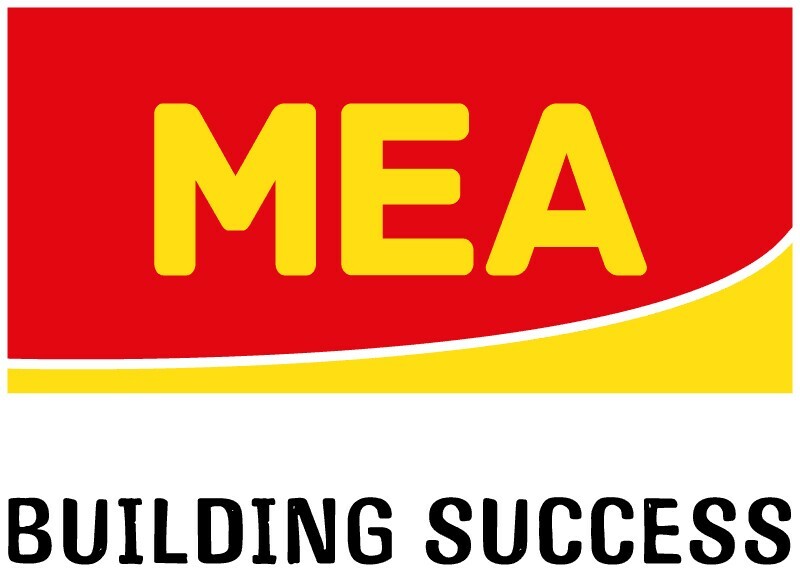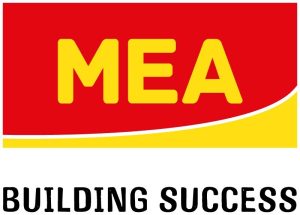Frequently Asked Questions
Glass Fiber Reinforced Composite
What is SMC and what does it consist of?
How is SMC made?
What are the advantages of SMC over other materials?
Where is SMC used?
What are the mechanical properties of SMC?
How is SMC transformed into finished parts?
How durable is SMC?
Can SMC be painted or coated?
Is SMC recyclable?
Is SMC expensive?
What type of glass fiber is used in SMC?
What is the function of the resin in the SMC?
What additives and fillers are commonly added to SMC?
How are the components mixed in the SMC?
Can SMC be reinforced with materials other than fiberglass?
What are the mechanical properties resulting from the composition of SMC?
Is SMC an environmentally-friendly material?
How can the composition of SMC be adapted to specific applications?
Is SMC approved for specific applications, such as the automotive industry?
What is SMC polymerization?
The SMC polymerization process involves several steps
Mixing the components: Glass fibers, resin, fillers and additives are carefully mixed to form a homogeneous paste. This is often done in such a way as to ensure uniform distribution of the fibers in the resin.
Molding: The mixture is then placed in specific molds that define the final shape of the product. The molds are usually heated and pressed to promote heat diffusion into the material.
Catalysis and curing : The catalyst (usually a curing agent) is added to the resin during mixing or before molding. Once in the mold, the polymerization reaction is triggered by the application of heat. This chemical reaction creates three-dimensional chemical bonds between the resin molecules, transforming the material from its initial liquid or semi-liquid state into a hard, rigid solid.
Cooling and demolding: Once polymerization is complete, the material is cooled before demolding. Cooling enables the hardened material to retain its final shape.
The polymerization process is crucial in giving SMC its mechanical properties, dimensional stability and resistance to environmental conditions. Mastering this process is essential for obtaining high-quality finished parts with the desired characteristics, whether in the automotive, aerospace, construction or other SMC application fields.


